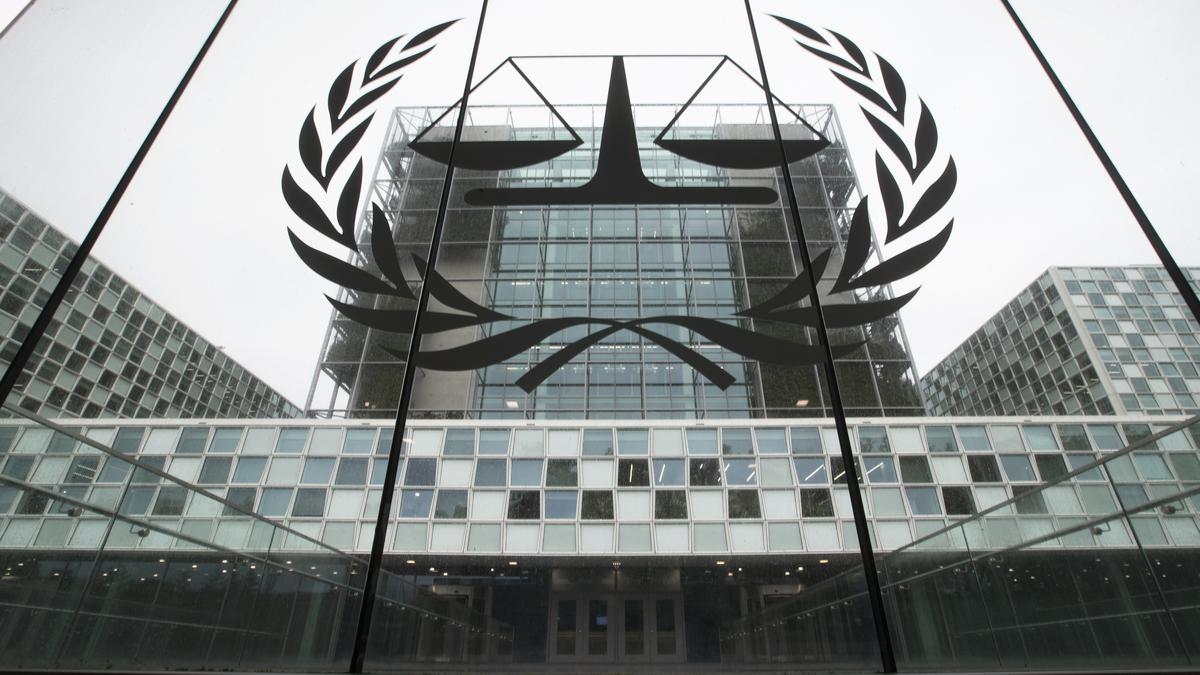In the run-up to the 29th edition of the Conference of Parties (CoP) in Baku, Azerbaijan, next month, India is at an advanced stage in deciding on the carbon dioxide emissions intensity targets for select industries, a senior official in the Environment Ministry told The Hindu.
Numerically specifying the targets is a precursor to the setting up of a ‘compliance’ carbon market. This means that companies have to ensure that their carbon emissions intensity is within the specified limit or they must ‘buy’ credits from organisations that have surplus credits. Every tonne of carbon dioxide saved, over and above the target, is worth one credit. The price of a credit varies depending on demand and supply, and regulatory pressure, and this is mediated by the market. Emissions intensity are caps on carbon dioxide emissions per unit of production.
“We expect a final position on this very soon. There are still discussions going on with industry, but we want to ensure that the final document is clear and covers all aspects,” the official said.

As per a notification by the Bureau of Energy Efficiency (BEE) in December 2023, India is obliged to launch its compliance market in the 2025-26 financial year.
A body called the National Steering Committee for Indian Carbon Market (NSC-ICM), which is co-chaired by Secretary, Ministry of Environment, Forest and Climate Change, and Secretary, Ministry of Power, is tasked with having “direct oversight” of the functioning of the Indian carbon market.
India’s emission caps for industries are expected to build on an existing scheme called the Perform, Achieve and Trade Scheme under which industries are expected to meet prescribed energy efficiency targets. The sectors that are expected to come under the compliance industry are the aluminium, chlor alkali, cement, fertiliser, iron and steel, pulp and paper, petrochemicals, petroleum refinery, and textiles. These are ‘hard to abate’ sectors as the costs of implementing technology to curb emissions is expensive.
While the focus on the CoP in Baku is expected to be on countries agreeing to a new financial goal for developed countries to transfer to developing countries, expectations are high that carbon markets will get a formal go-ahead under the United Nations-backed climate charters. A specific section under the Paris Climate Agreement of 2015, called Article 6, specifies the contours under which carbon markets – enabling carbon trading among countries – can be operationalised. “There are still some outstanding issues on accounting for these credits. It is only once negotiations start next month that clarity will emerge,” the official added.
Published – October 24, 2024 04:30 am IST



